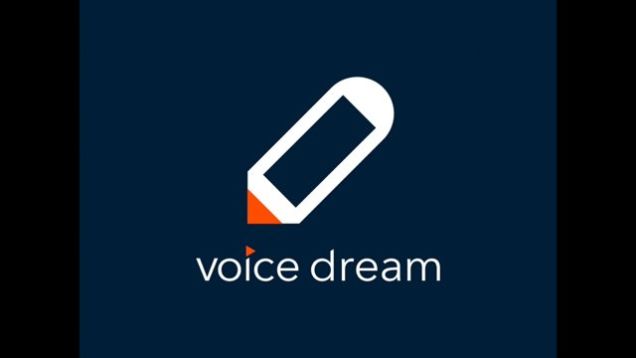“I’m a woman who’s a blind, depressed lesbian,” says Leah Gardner, with a good-humored chuckle. “That’s who I am. That’s my reality and I’m okay with it.”
Leah is also a part-time tech trainer at LightHouse and a slam poet. She will be marching with our San Francisco Pride Contingent this Sunday, June 25 to #BeSeen.
Leah hasn’t participated in Pride in about 15 years — since she was a young poet in New Hampshire and Vermont — but when she heard about our blind and visually impaired contingent from our weekly newsletter, she decided it was time to march again. In her late 20s, marching in Pride offered her a lot of hope, along with a sense acceptance and celebration in who she was and what she offered to a community. After a tough couple of years, Leah is ready to feel that hope again.
“There’s a lot of excitement building for me, just in terms of being part of this,” she says. “Every time that I participated in the New Hampshire and Vermont marches, it was with wonderful friends but they were all sighted. It was not part of a visually impaired community, as key to me as that was in my life. This year carries this newness to it. It will be a completely original experience of sharing this day with people who are also blind and GLBTQ. So I’m really energized.”
We’re asking folks to use the hashtag #BeSeen and think about what that means in the context of Pride.
“I think a lot of people are very comfortable with talking about sexuality but the vision loss and the reality of that creates a lot of shame,” says Leah. “And in my case I also deal with severe depression, which adds some challenges in finding a way to form bonds with other people. We all have some shame about something, some facet of our personality. This ‘Being Seen’ concept to me has become about saying no to that shame.”
And Leah is no stranger to thinking about the intersection of blindness and sexuality. One of the poems she has performed most over the years is a poem called “Vision” about a gay friend who was losing his sight. The poem unpacks the shame and fear that often accompanies both sexuality and disability, and is a testament to the courage it takes to go through a world that isn’t always kind to people it deems outside of the norm. In advance of San Francisco Pride, we asked Leah to perform “Vision” in the LightHouse studio. Watch the video below.
Leah will present this poem live at our “All Eyes on Allies: Pride Training and Community Building” on June 22 where she also discuss what it means to show up to Pride as an ally for people with multiple marginalized identities. This training will also teach volunteers how to be effective human guides.
We hope you’ll volunteer to be part of our contingent. Sign up to march with us on June 25 at our Eventbrite page.


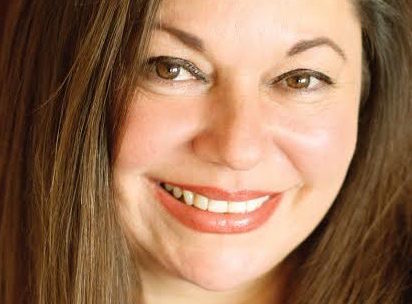
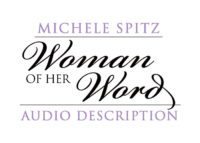
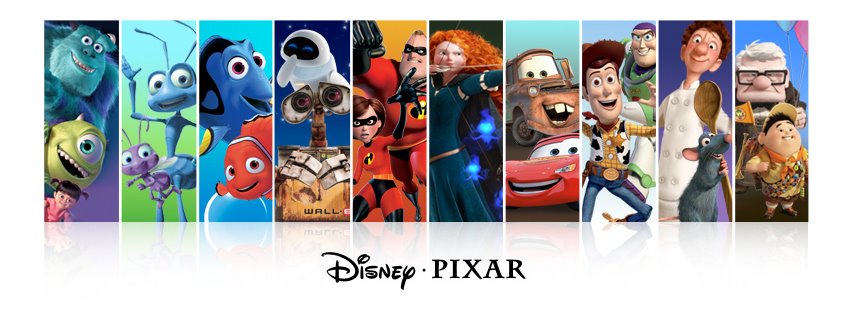
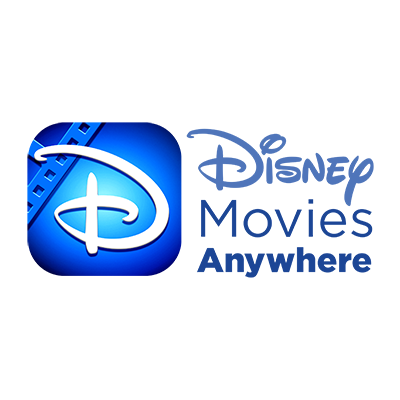
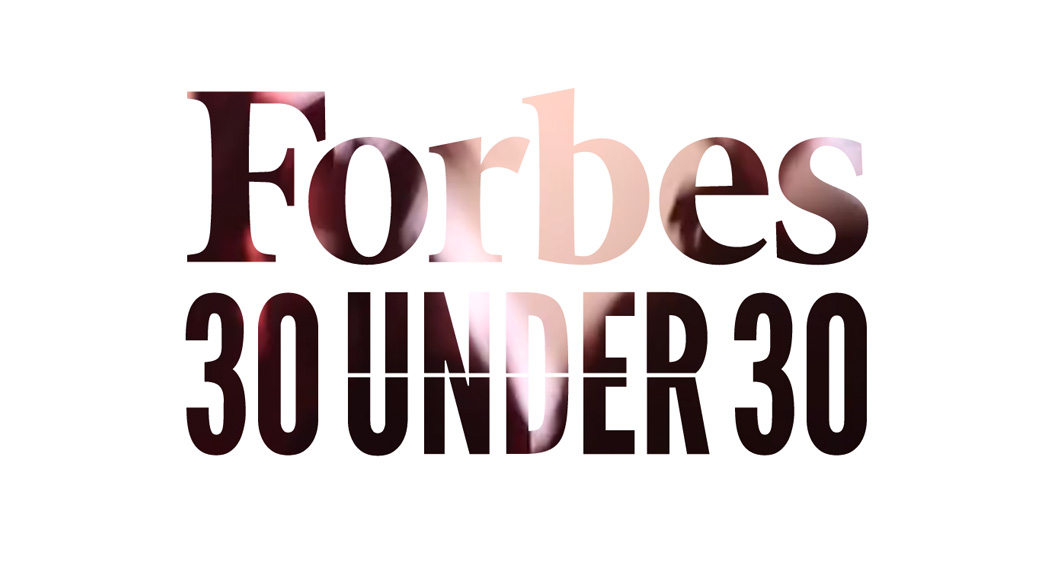
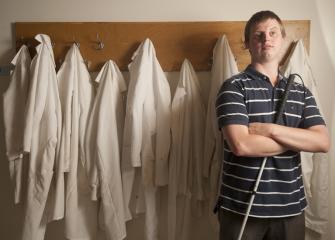
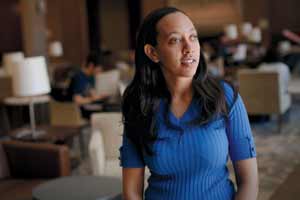 Haben is also a tremendous role model for any aspiring blind change-maker, young or old. Honored by the White House and profiled everywhere from the BBC to the Washington Post, Haben is the first deaf-blind graduate of Harvard law. Her real claim to fame in the blindness community, though, is as a fierce advocate of accessibility in her legal practice at Disability Rights Advocates. In a recent settlement with the influential book-lending startup Scribd, she ensured that the massive library of reading material would be available not just to sighted individuals, but to those who use screen readers and other adaptive technologies, as well. Haben joined our LightHouse youth in a mentorship event this summer, and is also an alumnus of Enchanted Hills. You can watch her TED Talk below, and check back soon for more from these ambitious young leaders.
Haben is also a tremendous role model for any aspiring blind change-maker, young or old. Honored by the White House and profiled everywhere from the BBC to the Washington Post, Haben is the first deaf-blind graduate of Harvard law. Her real claim to fame in the blindness community, though, is as a fierce advocate of accessibility in her legal practice at Disability Rights Advocates. In a recent settlement with the influential book-lending startup Scribd, she ensured that the massive library of reading material would be available not just to sighted individuals, but to those who use screen readers and other adaptive technologies, as well. Haben joined our LightHouse youth in a mentorship event this summer, and is also an alumnus of Enchanted Hills. You can watch her TED Talk below, and check back soon for more from these ambitious young leaders.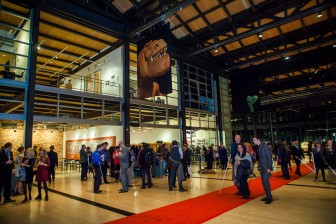
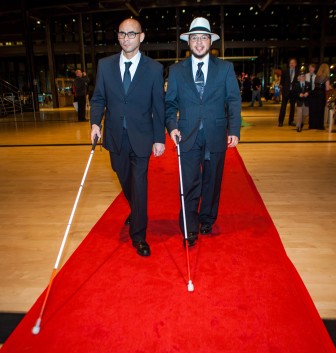
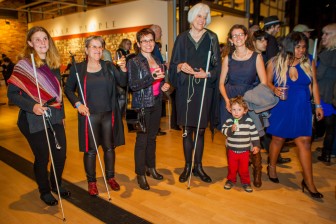
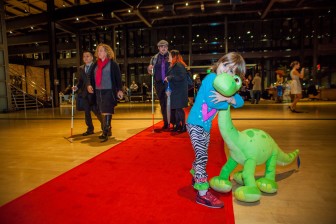
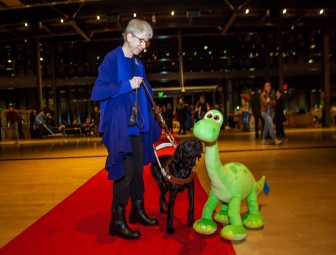
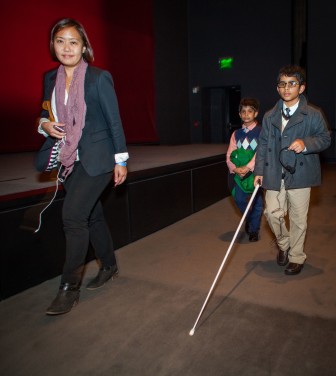

 We conceived “White Canes, Red Carpet” as a celebration — of audio description and technology, but moreover, inclusion and access for all. We believe that not having to contend and litigate for good accessible technology is not just a luxury, but a civil right, and seeing such an influential studio as Disney-Pixar take on the challenge wholeheartedly is truly something worth celebrating. What’s more, this will be an unprecedented gathering of blindness organizations across the Bay Area — and we’ve been working closely with the Blind Babies Foundation, Guide Dogs for the Blind, and several other agencies to ensure that as many groups as possible are represented.
We conceived “White Canes, Red Carpet” as a celebration — of audio description and technology, but moreover, inclusion and access for all. We believe that not having to contend and litigate for good accessible technology is not just a luxury, but a civil right, and seeing such an influential studio as Disney-Pixar take on the challenge wholeheartedly is truly something worth celebrating. What’s more, this will be an unprecedented gathering of blindness organizations across the Bay Area — and we’ve been working closely with the Blind Babies Foundation, Guide Dogs for the Blind, and several other agencies to ensure that as many groups as possible are represented.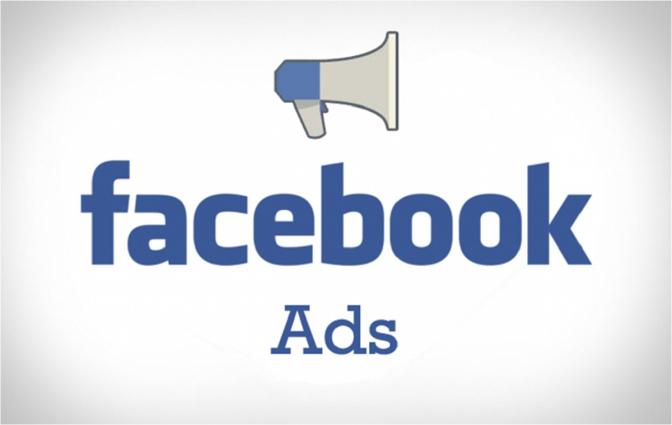

 When I spoke to Paul again this week, he had just gotten back from LA, where he was working with the voice actor recording audio description for Pixar’s new film, The Good Dinosaur. Usually the narrator’s script for an audio described film is contracted out to a specialized agency — in Pixar’s case it’s WGBH in Burbank, which handles most broadcast and film audio description on the west coast. Even with contractors like WGBH, Paul is totally hands-on. “I don’t know of any other studio that sits down and reviews the script for the narration track,” he told me this week. “We have the producer, the director, the writer, the film editor and myself comb through that script and make changes. I sent 3-4 rounds of changes to WGBH for The Good Dinosaur. And it’s about helping them, too — they don’t get direct feedback very often about what’s good and bad about their script.
When I spoke to Paul again this week, he had just gotten back from LA, where he was working with the voice actor recording audio description for Pixar’s new film, The Good Dinosaur. Usually the narrator’s script for an audio described film is contracted out to a specialized agency — in Pixar’s case it’s WGBH in Burbank, which handles most broadcast and film audio description on the west coast. Even with contractors like WGBH, Paul is totally hands-on. “I don’t know of any other studio that sits down and reviews the script for the narration track,” he told me this week. “We have the producer, the director, the writer, the film editor and myself comb through that script and make changes. I sent 3-4 rounds of changes to WGBH for The Good Dinosaur. And it’s about helping them, too — they don’t get direct feedback very often about what’s good and bad about their script.